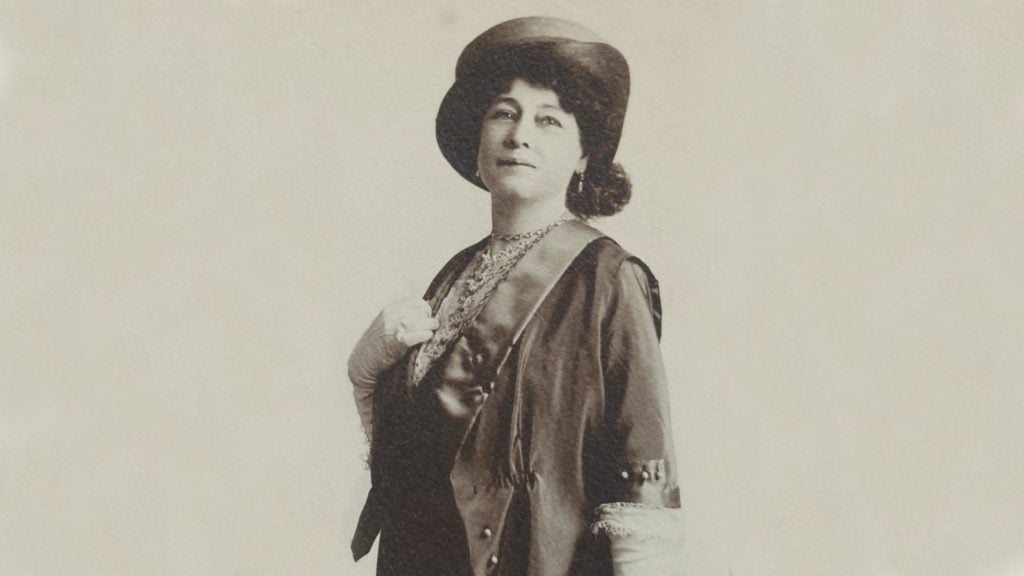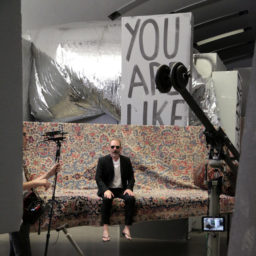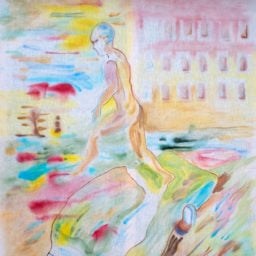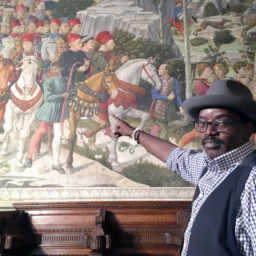A lost piece of cinematic history has been uncovered in a new documentary. Be Natural: The Untold Story of Alice Guy-Blaché, out on DVD and video-on-demand today, tells the story of Alice Guy-Blaché (1873–1968), cinema’s first female director.
Narrated by Jodie Foster and produced and directed by Pamela B. Green, the film follows Green as she criss-crosses the country on a quest to track down the French filmmaker’s lost relations (her grandson-in-law is now an aging biker in Arizona) and fill in missing gaps in the director’s biography. It includes never-before-seen interviews with Guy-Blaché and her daughter, as well as numerous Hollywood A-listers.
The result is a compelling portrait of an industry in its infancy and of a woman who not only excelled at her craft, but who helped define it. Guy-Blaché, whose number one instruction to her actors was to “be natural” (the phrase was written in giant letters on a sign on a studio wall), was among the first filmmakers to use close-ups, hand-tinted color, and synchronized sound.
Born in 1873, Guy-Blaché trained as a stenographer after her father died. At 22, she got a job working at what became Gaumont Film Company, the first film studio in history, founded in 1895. When the Lumière brothers presented one of world’s first films, Workers Leaving the Lumière Factory, in a private screening for friends and colleagues on March 22, 1895, Guy-Blaché was there.
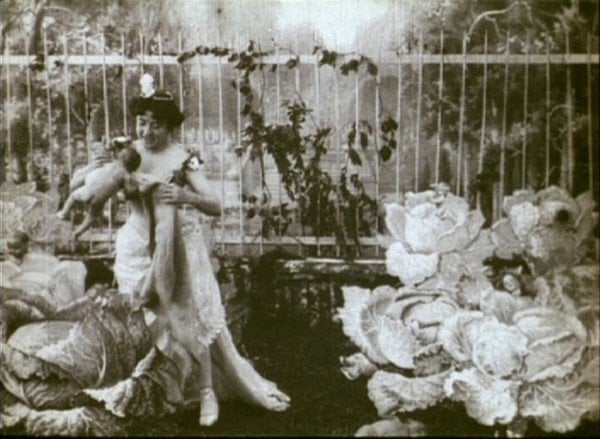
Alice Guy-Blaché, La Fée aux choux (The Cabbage Fairy)
(1900/1896), for Gaumont. Photo courtesy of Musée Gaumont, Paris.
Though she knew nothing about photography, she understood better than perhaps anyone in attendance the potential of this new technology. It could clearly capture scenes of everyday life. But what if it was used to tell a story?
With company co-founder Léon Gaumont’s permission, Guy-Blaché directed La Fée aux Choux (The Cabbage Fairy), likely the world’s first narrative film, about how how babies are born, in 1896. She quickly became the company’s head of production, directing hundreds of films over the next ten years, and over a thousand in all.
After marrying British-American cameraman Herbert Blaché in 1907, Guy-Blaché moved to the US, opening her own studio, the Solax Company, first in Flushing, Queens, and then in Fort Lee, New Jersey, an early center for the film industry. Among her groundbreaking films was A Fool and His Money, believed to be the first movie with an all-African American cast, in 1912. (White actors refused to work on the project.)
Given the paucity of female directors working in 2019, it seems almost inconceivable that a woman would have had ever such a prominent role in the film industry. But Guy-Blaché had the good fortune of being at the right place at the right time. Because film wasn’t an established field, it was easier for a woman to gain entry, at least at first.
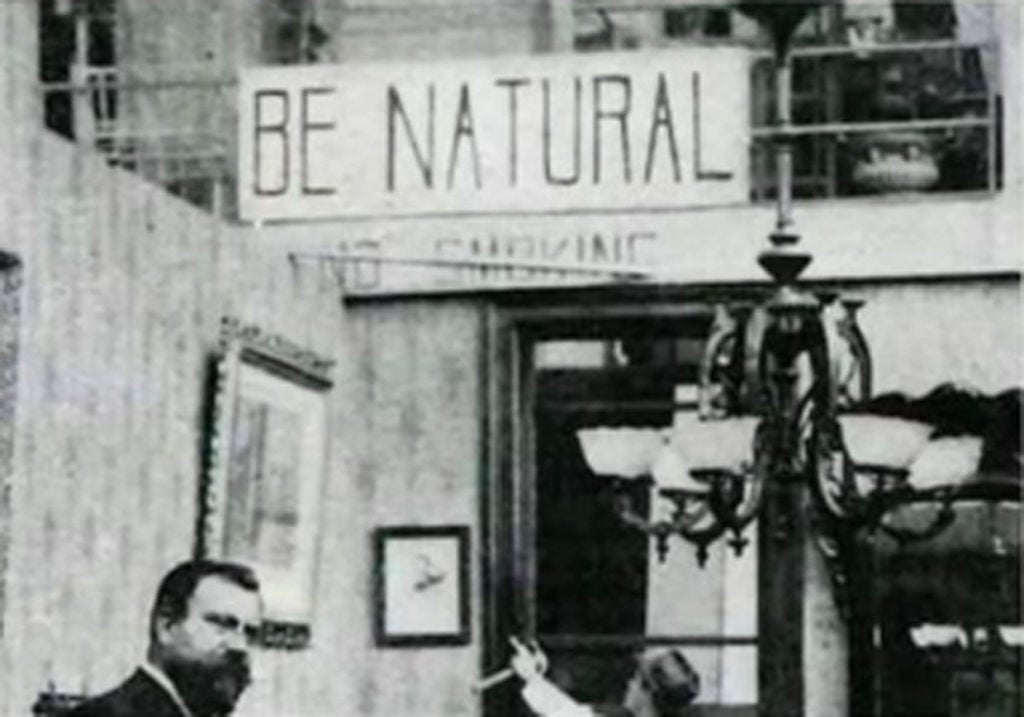
The “Be Natural” sign in Alice Guy-Blaché’s Solax studio, as seen in the documentary Be Natural: The Untold Story of Alice Guy-Blaché. Courtesy of Zeitgeist Films/Kino Lorber.
Guy-Blaché’s role in the birth of cinema was tragically almost lost to history in part because of the fragility of the medium. Because old films are combustible, very few pictures made before World War I have survived, and they are expensive to conserve and convert. But later historians also did a disservice to Guy-Blaché by attributing her work to her male assistants, or even to her husband. Even Gaumont left her out of its official history.
In her later years, Guy-Blaché fought to be recognized for her contributions, but met with little success. Although the Museum of Modern Art in New York screened a selection of her Solax films in 1985 and several books have been published about her legacy, she has remained mostly an obscure figure. The great director died in Wayne, New Jersey, at the age of 94, forgotten by the very industry that she helped create.
Green set out to make Be Natural in 2012, determined to rescue Guy-Blaché from oblivion. In doing so, she became equal parts historian, detective, and investigative reporter. The finished film, which debuted at the 2018 Cannes Film Festival, illustrates Guy-Blaché’s artistry, her business acumen, and her lasting influence on the cinema.
See the film’s trailer and more photos of Guy-Blaché and her films below.
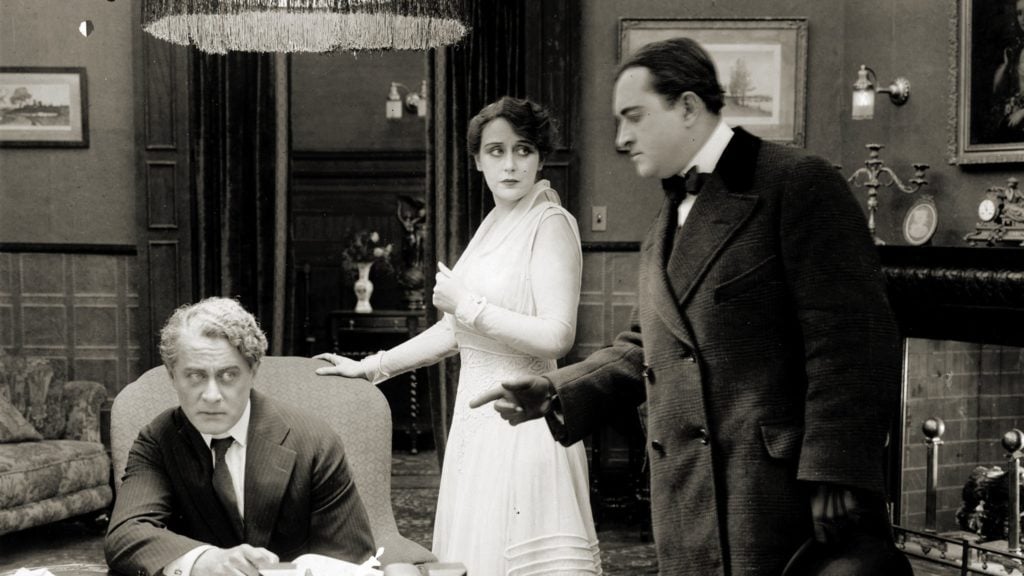
A scene from Alice Guy Blaché’s The Scarlet Woman (1916). Courtesy of Zeitgeist Films/Kino Lorber.
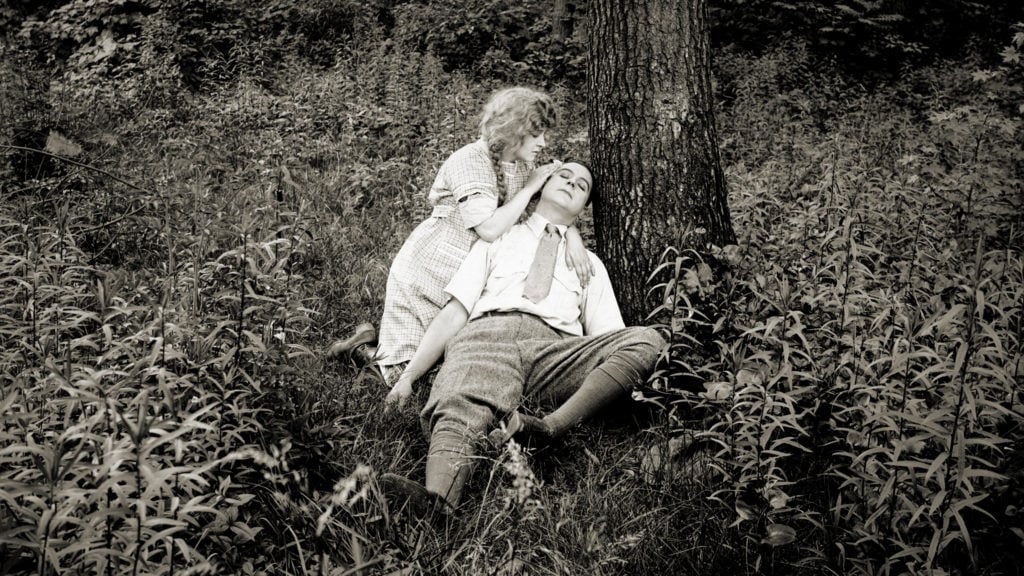
A scene from Alice Guy Blaché’s When You and I Were Young (1917). Courtesy of Zeitgeist Films/Kino Lorber.

A scene from Alice Guy Blaché’s Soul Market (1916). Courtesy of Zeitgeist Films/Kino Lorber.
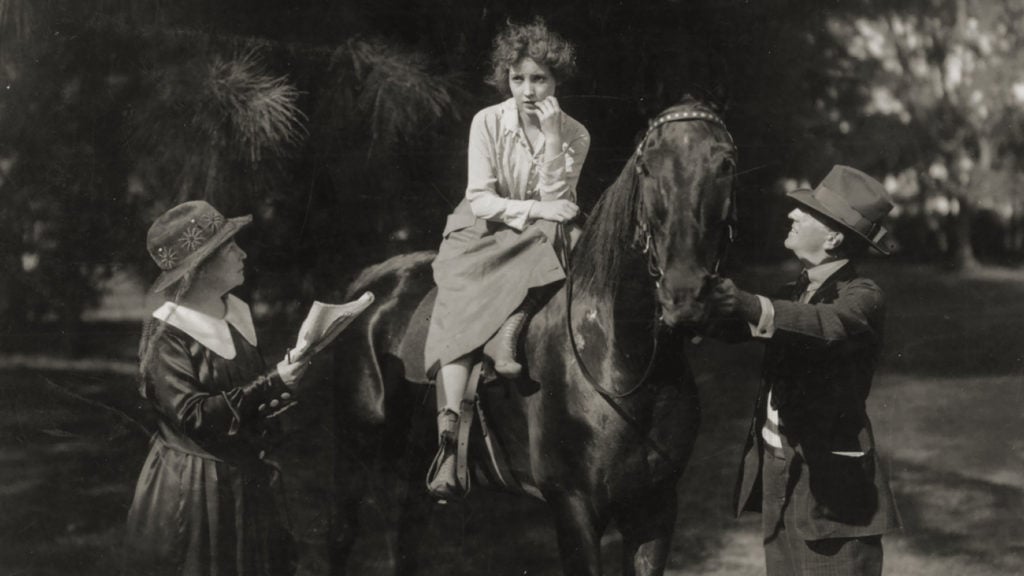
A scene from Alice Guy Blaché’s Bessie Love in Great Adventure (1918). Courtesy of Zeitgeist Films/Kino Lorber.

Alice Guy Blaché on the set of her film Life of Christ (1906). Courtesy of Zeitgeist Films/Kino Lorber.
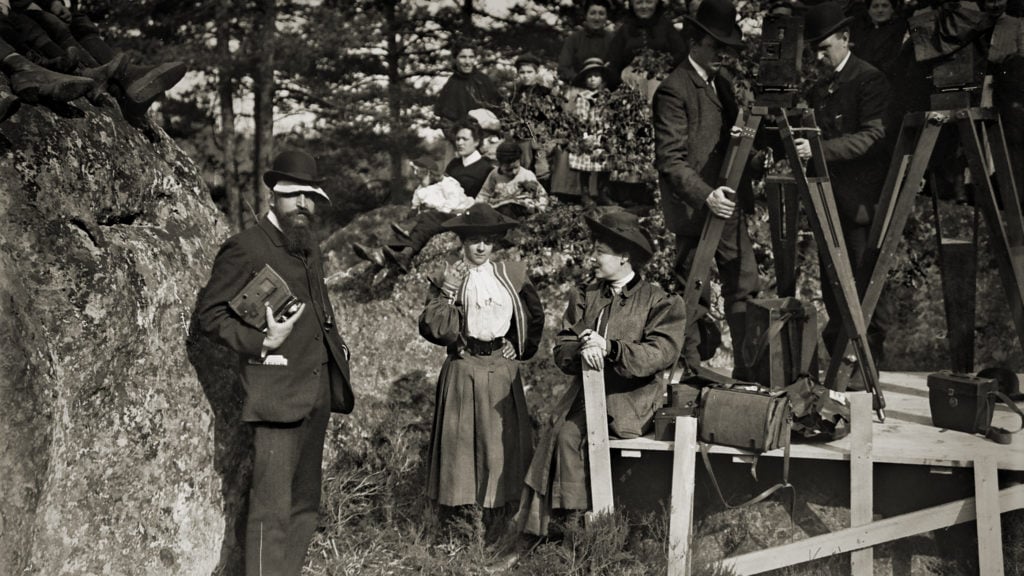
Alice Guy Blaché on the set of her film Life of Christ (1906). Courtesy of Zeitgeist Films/Kino Lorber.
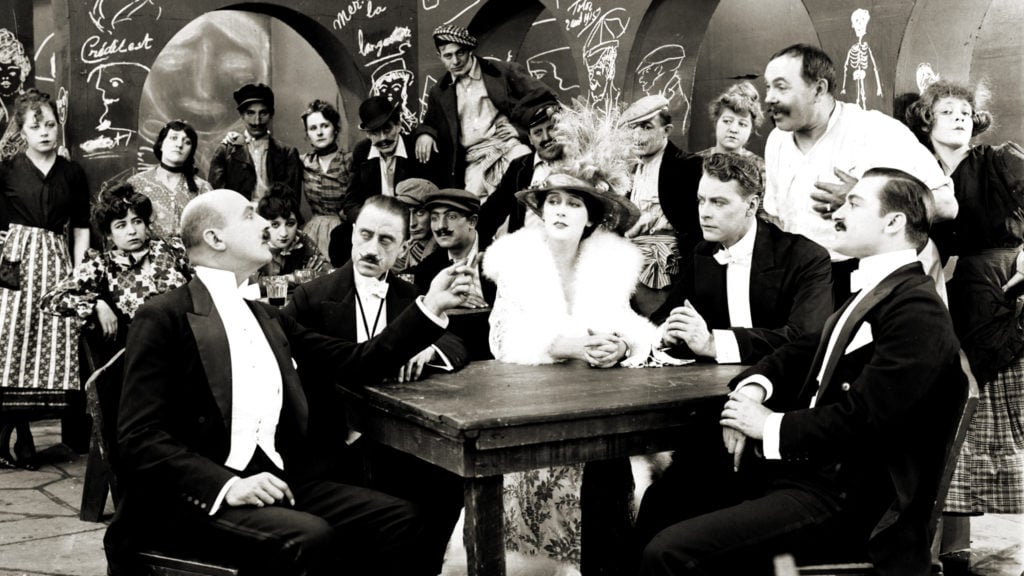
A scene from Alice Guy Blaché’s Black Butterfly (1916). Courtesy of Zeitgeist Films/Kino Lorber.
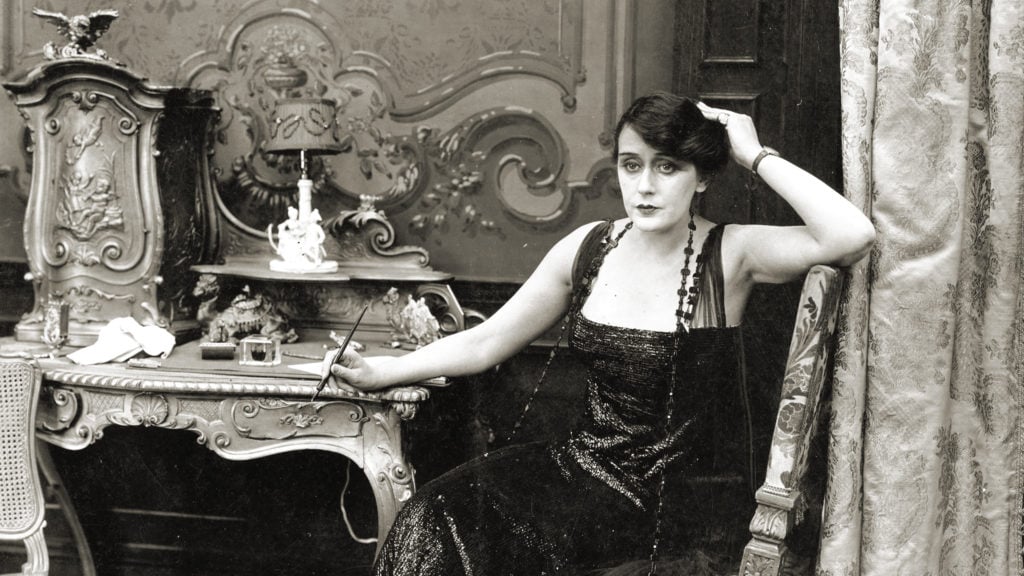
A scene from Alice Guy Blaché’s Playing With Fire (1916). Courtesy of Zeitgeist Films/Kino Lorber.
